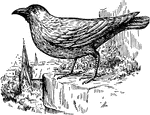Clipart tagged: ‘European birds’

Avocets
"Recurvirostra. Avocets. Bell slender, more or less recurved, then the upper mandible hooked at the…
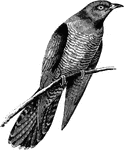
Cuckoo
"Cuculus canorus the familiar Cuckoo of Britain and nearly all the Old World, is greyish-brown above…
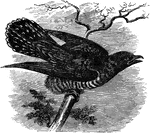
Common Cuckoo
This Old World bird's plumage is gray or brown. They have a long tail, strong legs, and a slim body.
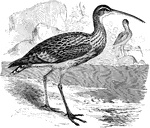
Eurasian Curlew
"Numenius arquatus. Eurasian Curlew. European Curlew. Bill of very variably length, always longer than…

European Dipper
"Bill shorter that head, slender and compressed throughout, higher that broad at the nostrils, about…
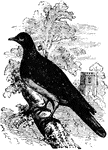
European Ring Dove
Columba palumbus. European Ring Dove. Wood Pigeon. Plumage is gray with a pinkish-purplish breast and…
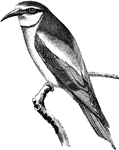
Bee Eater
"Merops Apiaster, the Bee-eater, has ruddy-brown head, neck, upper back, and broad alar bar, buff lower…

European Great White Egret
"Herodias. Great Egret Heron. Character of Ardea proper, excepting in plumage; color white; no crest;…
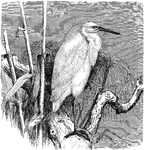
European Little White Egret
"Garzetta. Small Egret Herons. Color white; and occipital crest, and short recurved train of stiff-shafted…
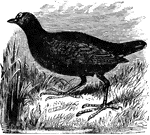
Gallinule
"Gallinula. Gallinules. Water Hens. Mud Hens. Bill not longer than head, stout at base, tapering, compressed,…
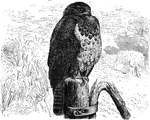
European Hawk
"Buteo vulgaris. hawk of Europe, Upper parts dark brown, very variable in shade according to season…

jackdaw
"Corvus monedul. Jackdaw. The species throughout uniform lustrous black, including the bill and feet;…
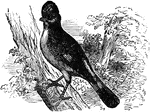
Eurasian Jay
"European Jay. Garrulus glandarius. With the wings much shorter than or about equalling the tail, both…

Common Kestral
Falco tinnunculus. Common Kestral. This bird is a European bird of prey. Plumage on upperside, chestnut-brown…
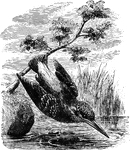
Common Kingfisher
Alcedo Ispida. European Kingfisher. Small bird, upper parts blue-green; under parts orange; rump and…

Land-Rail
The Crex pratensis, Land-Rail, or Cork Crake, is mostly brown with the upper parts spotted, a blue-green…
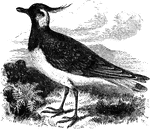
European Lapwing
"The glareoles (Glareolidae) are a remarkable Old World form, like long-legged swallows, wth a cuckoo's…
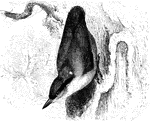
European Nuthatch
"Crown clear hair-brown; a white spot on nape; middle tail-feathers plain." Elliot Coues, 1884.
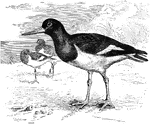
European Oyster-catcher
"Haematopus ostrilegus. European Oyster-catcher. (oyster-opener would b a better name, as oysters do…

European Partridge
"Coturnix. Bill smaller and much slenderer than that of any of the foregoing genera of Odontophorinae;…
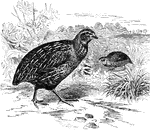
Common Quail of Europe
"Coturnix dactylisonans. Messina Quail. Migratory Quail. Common Quail of Europe. Upper parts variegated…
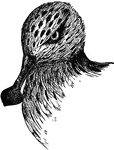
Spoon-billed Sandpiper
"Eurynorhynchus pygmaeus. Spoon-billed Sandpiper. General appearance of a stint, and size little greater.…

Skylark
"Alauda arvensis, the Sky-Lark, breed in Britain. The normal coloration is light-brown with darker longitudinal…
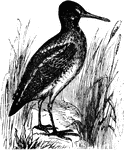
English Snipe
"Gallinago media. European Snipe. English Snipe. In size, form, and general coloration indistinguishable…

Spoonbill Standing on One Leg
"Platalea leucorodia, the Spoonbill, has white plumage, with bare lores, orbits, and throat, and a fine…
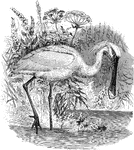
European Spoonbill
"European Spoonbill. Platalea leucorodia. Bill long, flat, remarkably widened, rounded, and spoon-shaped…
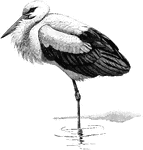
White Stork
"Ciconia ciconia, the White Stork, ...is white with black wings and orbits, red bill and feet." A. H.…

Mute Swan
"Cygynus. White Swans. Neck of extreme length. Trachea normally entering sternum. Bill tuberculate or…
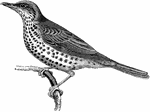
Mistletoe Thrush
"Turdus viscivorus, Mistletoe Thrush, the coloration is ordinarily plain black or brown, more or less…
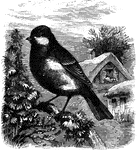
European Greater Titmouse
"Head not crested. Wings and tail rounded, of approximately equal lengths, and about as long as the…
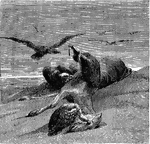
Vultures
A group of vultures, three on the ground, eat their prey. Several vultures are approaching those already…
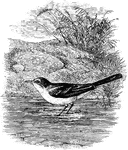
Yellow Wagtail
"Motacilla raii, the Yellow Wagtails, are generally black and white, grey and white, grey with a yellow…
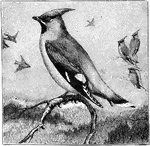
One Waxwing Sitting on a Branch in the Forefront with Three Waxwings Sitting on Branches and Four Flying Around in the Background
"Both sexes of our irregular winter-visitor the Waxwing (Ampelis garrulus) are silky greyish-brown,…
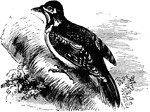
European Spotted Woodpecker
"Picus major. European Spotted Woodpecker. Bill more or less nearly equal to head in length, stout,…

The Great Black Woodpecker
"Picus martius, the Black Woodpecker, an inhabitant of the pine-forests of Europe and Asia to Japan,…
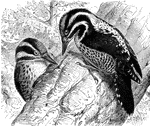
Three-toed Woodpeckers
"Picoïdes. Three-toed Woodpeckers. Three-toed: the hallux (1st toe) absent, the 4th toe reversed…

European Wren
"European Wren. Feet strictly laminiplanter, as usual in Oscines. Tail thin, with narrow parallel-edged…
